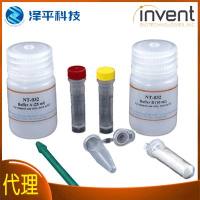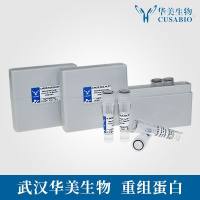Genetic Engineering of Plants for Phytoremediation of Polychlorinated Biphenyls
互联网
411
Phytoremediation is an emerging technology that uses certain plants to clean up soil, water, and air contaminated with environmental pollutants such as polychlorinated biphenyls (PCBs) through degradation, extraction, or immobilization of contaminants. This technology has been receiving attention lately as an innovative, cost-effective, and long-term alternative to the more established engineering methods used at hazardous waste sites. This chapter describes methods for the construction of two kinds of transgenic plants useful for the re-mediation of environments polluted by PCBs. The first one is an enhancer-trap Ac/Ds trans-poson-tagging transformant of Arabidopsis thaliana . This contains the nonautonomous mobile transposable element (Ds transposon) into which a β -glucuronidase (GUS) reporter gene is inserted. The miniature promoter fused to a GUS reporter gene can drive gene expres-sion only when the Ds transposon-containing GUS reporter gene is moved near the enhancer region of the gene in the plant genome. Thus, the gene(s) involved with the catabolism of PCBs are expected to be found through monitoring the change of reporter gene expression. The second transgenic A. thaliana has the gene for a lignin-degrading enzyme from white-rot fungi in the genomic DNA and is expected to be useful for direct degradation of PCBs.








